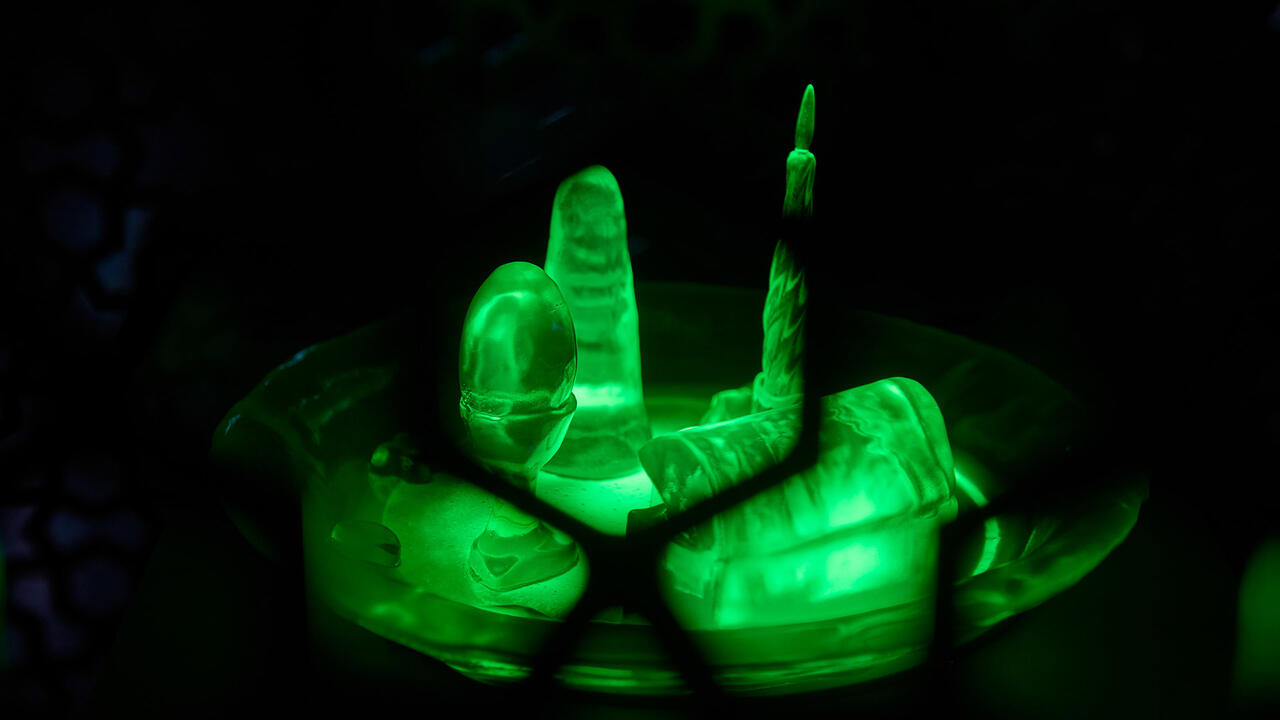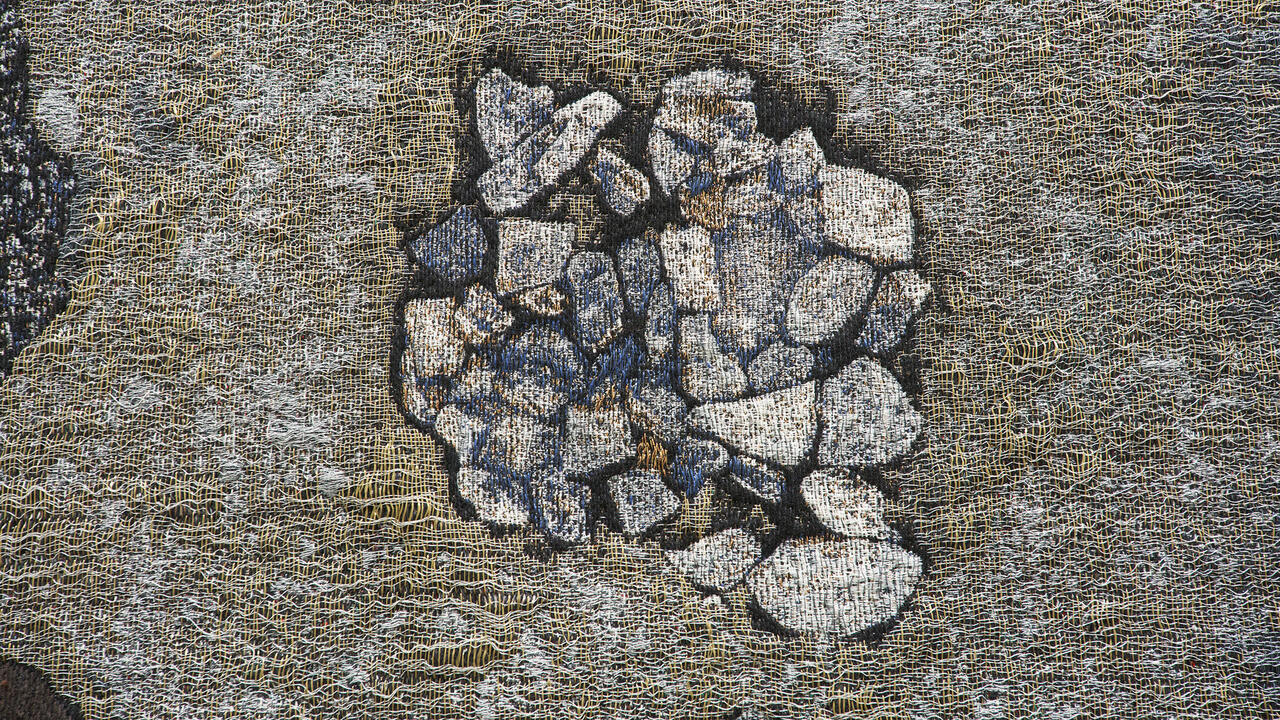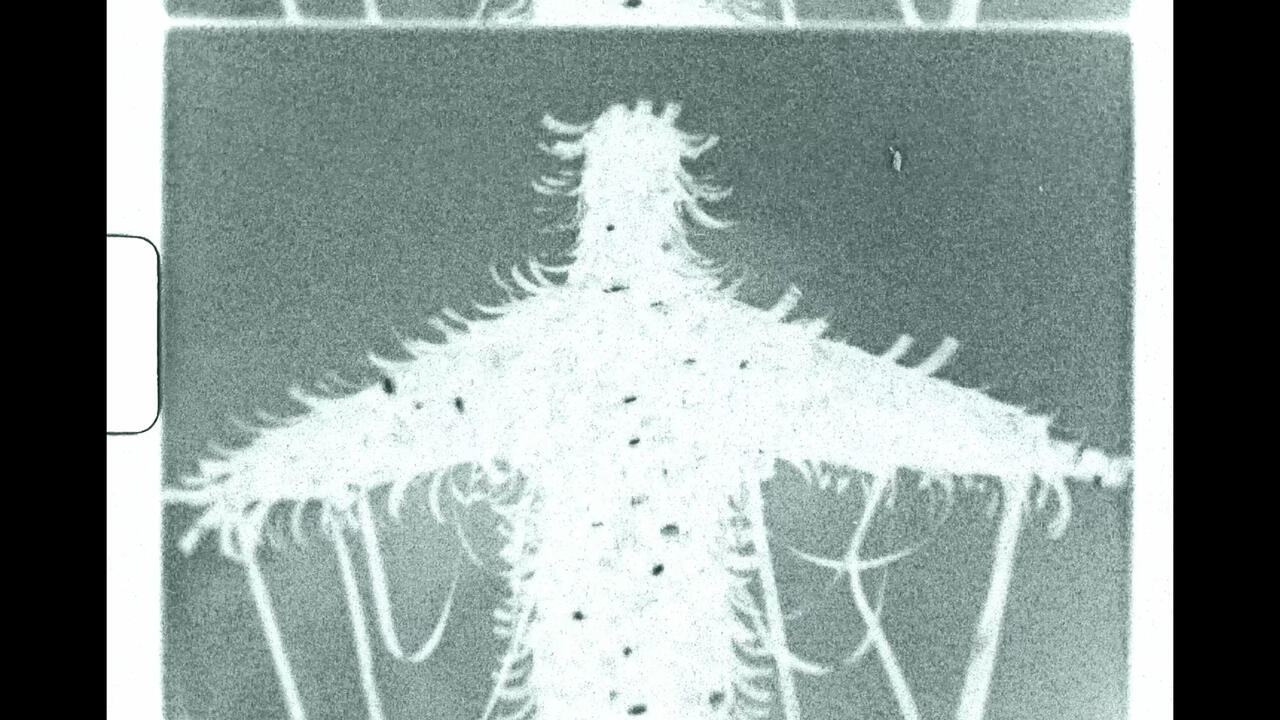Claudette Johnson Asserts Her Place in Art History
The artist’s survey at the Courtauld Gallery in London skillfully challenges tradition to establish a complex depiction of Black subjects
The artist’s survey at the Courtauld Gallery in London skillfully challenges tradition to establish a complex depiction of Black subjects

Even when we dare to meet their gaze, the women in Claudette Johnson’s monumental paintings – brought to life in fluid layers of vibrant gouache, pastel and acrylic set against abstract, often monochrome backgrounds – remain seemingly indifferent to our attention.
The artist’s first monographic show in a major London institution, ‘Presence’ opens with a modest but impressive selection of Johnson’s early works, documenting her rise as a groundbreaking artist in the 1980s. As a student, Johnson felt compelled to create images of Black women to address the lack of representation in art history or British popular culture and to affirm the Black subject outside of a colonialist perception of Blackness.

And I Have My Own Business in This Skin (1982), for instance, depicts a fractured female nude with her arms and legs splayed, in a pose that takes up the majority of the canvas. Her body is a conscious amalgam of detailed definitions and deliberately vague outlines, most notably evidenced in her face, where the left side is imbued with colourful vitality while the right appears struck by a Midas-like curse, lending it a ghostly, skeletal appearance. Absence here plays an equally important role as presence, our attention guided to the seamless ways in which the two interact. Whilst Johnson consciously engages with the cubist aesthetic of works such as Pablo Picasso’s Les Demoiselles d’Avignon (1907), the piece is grounded outside the tradition of eroticized and passive female nudes. The figure’s fragmented form suggests movement and fosters unease as we realise that we are the ones being observed.

The artist’s skilful sparring with Western art history continues in the exhibition’s second part, which showcases a wide selection of her contemporary work following a ten-year hiatus. Reclining Figure (2017), her largest painting to date, features a woman resting horizontally on her side. Concealed in large part by the hesitant outlines of her white bedsheets, the sitter gazes ahead with heavy eyes. Although the subject matter references a long tradition of reclining female figures in European art, Johnson was, in fact, inspired by a found photograph that prompted her to recall a childhood memory of seeing her mother take a break after work. Here, personal experience overshadows convention, lending the sitter a realistic and relatable presence. Johnson’s empathetic visual language allows Black subjects to assert their agency and shape the narratives previously told on their behalf.
From relatives and friends who pose for her in the studio to characters chanced upon in found photographs, Johnson’s subjects defy straightforward interpretation: the artist reveals neither their names nor any trace of their lives beyond the painting. Compounding this element of uncertainty is the overwhelming sense of discomfort that Johnson routinely introduces into her canvases by portraying her sitters in unsustainable contorted poses. In Kind of Blue (2020), for instance, we see the upper torso of a man reclining on an unstable bedframe. His contemplative gaze is fixed on something in the distance, perhaps a trick to help keep his fragile balance. The work hints at a shift in Johnson’s practice over the past decade as she has begun to include male sitters, here exploring the vulnerable side of masculinity.

Although Johnson’s works sit outside the traditions of portraiture, landscape and abstraction, elements of each coalesce in her practice to establish a complex depiction of the Black subject. Arguably the show’s greatest success can be measured by its engagement with absence. United by the swathes of negative space that surround their subjects, the paintings in ‘Presence’ leave room for reflection and further encourage the construction of a future in which rich Black stories are comprehensively incorporated in art history.
Claudette Johnson's 'Presence' is on view at the Courtauld Gallery, London until 14 January
Main image: Claudette Johnson, Standing Figure with African Masks, 2018, pastels and gouache on paper, 1.6 × 1.3 m. Courtesy: © Claudette Johnson; photograph: Tate, London





















